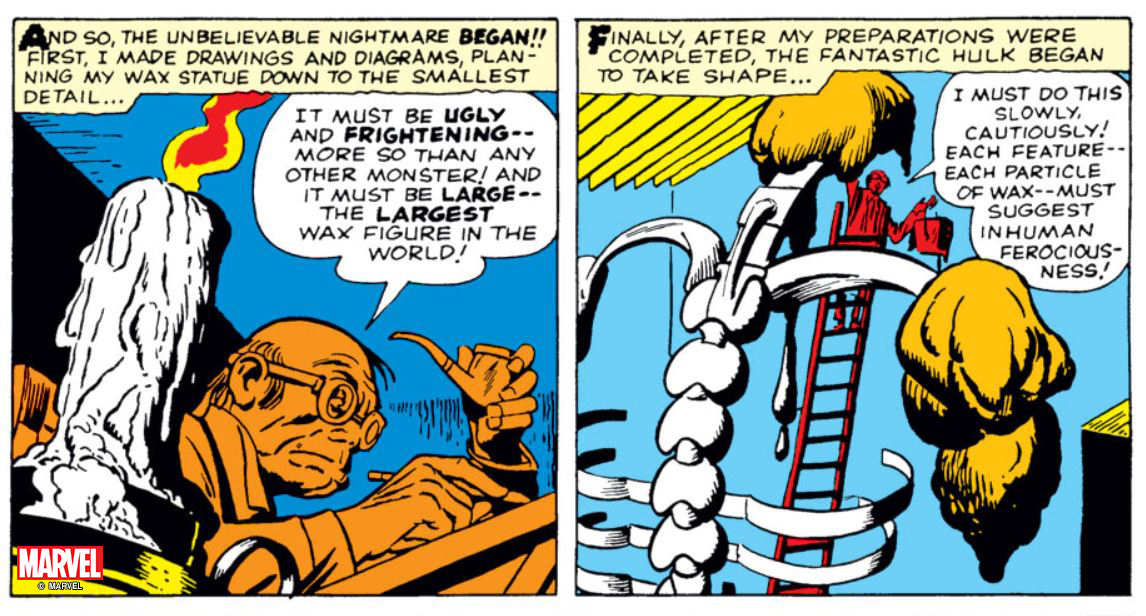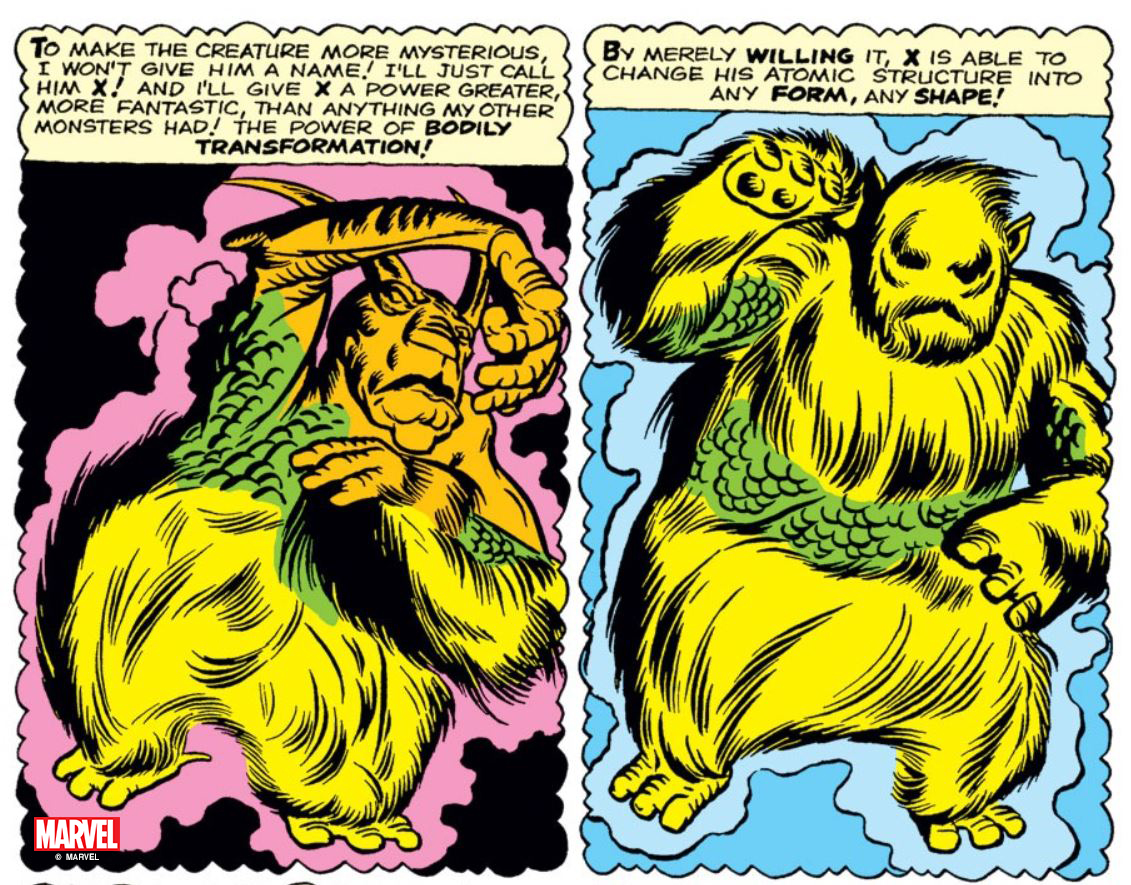Written by guest blogger, Christopher McGunnigle.
Spider-Man, the Hulk, the X-Men, the Fantastic Four, even Thor: a secret behind these household superheroes is that, once upon a time, they were all monsters. The Marvel superhero, ever the outsider filled with doubt and heroic flaws, was built from the mold of an earlier age known as the Monster Era.
My article on “Marvel Monsters and Their Transition into the Superhero Genre” came about, honestly, from a formulaic approach. Coming from a generalist doctoral program at the University of Louisiana at Lafayette, I studied in numerous fields, including rhetoric, graphic narrative (i.e. comic books), and linguistics. When coming up with ideas for conferences or articles, I apply the formula (one of my scholarly fields) + (another scholarly field).
While browsing through the Penn State Call for Papers website, I was excited by a call for an MLA panel on Monster Studies that would later become my article. The topic easily fit into my creative formula: (comic books) + (monsters) = the Marvel Monsters of the 1950s and 60s!
Of course, my creative formula required more specification to avoid being too broad. As a rhetorician, I look into the heart of what makes a topic popular – its rhetorical appeal. As a graphic narrative scholar, I focus on visual and verbal rhetorical appeal. As a linguist, I developed a knack for finding patterns in massive amounts of data. My topic further solidified into a rhetorical analysis of the visual and verbal characteristics of the Marvel Monster – what traits of the medium and genre made the Marvel Monster so popular and influenced the formation of the new Marvel superheroes that followed the Monster Era.
But it was not enough to merely note that Marvel Monsters came in certain colors or shapes or had certain types of names – what about these colors and shapes and names was monstrous? I still needed more of the MONSTER in my research.
My glue came from Jeffrey Jerome Cohen’s theses on Monster Theory, which discuss the ambiguity and re-iteration of the monster figure. Multimedia rhetoric thrives on ambiguity of content to promote transmissive value, while the superhero comic book sustains itself throughout decades of storylines through constant re-iteration of content. From there, everything fell into place!
We are always looking for the monster, whether in the closet or under the bed, but despite this search, academia has only begun to touch upon the monster’s many appearances – both where it appears and what it looks like. As the foundations of Monster Studies are being set, its future promises to find the monster in new locations and in new fields – in the social sciences, in computer and information technology, in business, in the hard sciences and who knows where else. With each new field, we will find a new interpretation and version of the monster.
Christopher McGunnigle is a professor at Northampton Community College. His article “The Difference between Heroes and Monsters: Marvel Monsters and Their Transition into the Superhero Genre” can be found in the special Monster Studies issue of University of Toronto Quarterly. Read it online here, (open access for a limited time).
 Image courtesy of Marvel.
Image courtesy of Marvel. Image courtesy of Marvel.
Image courtesy of Marvel.
Comments on this entry are closed.